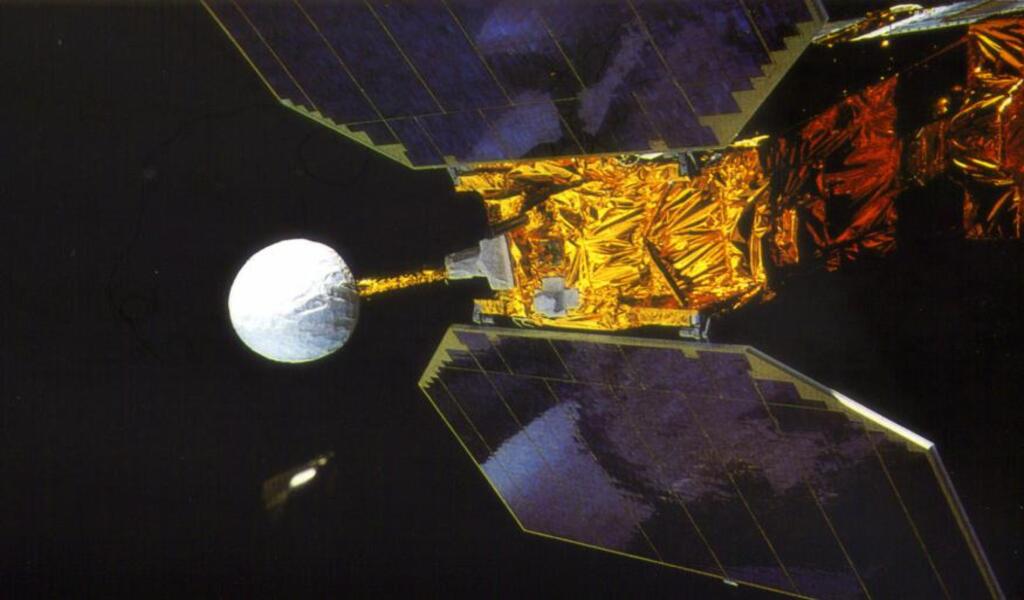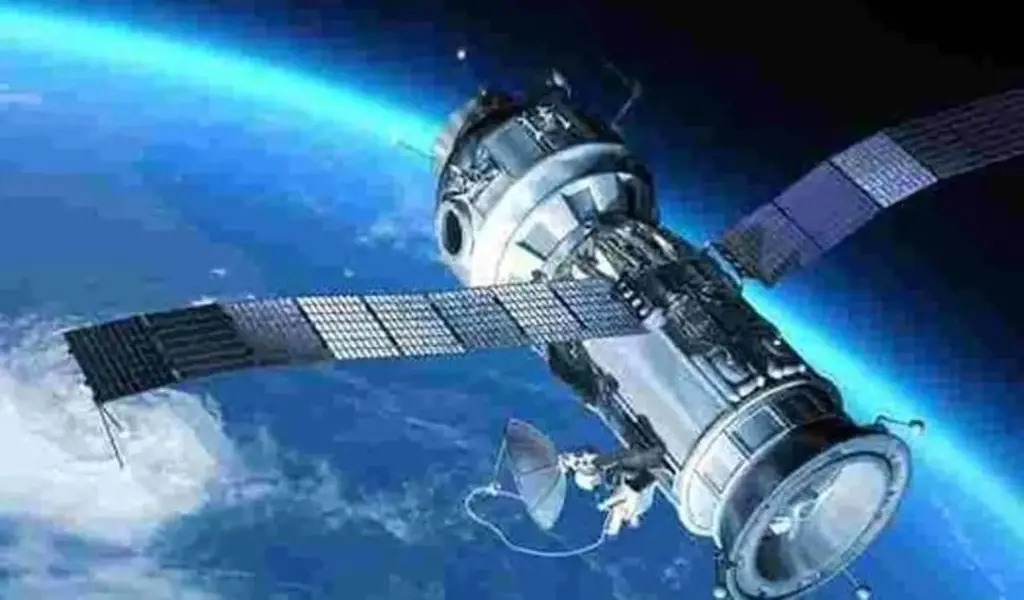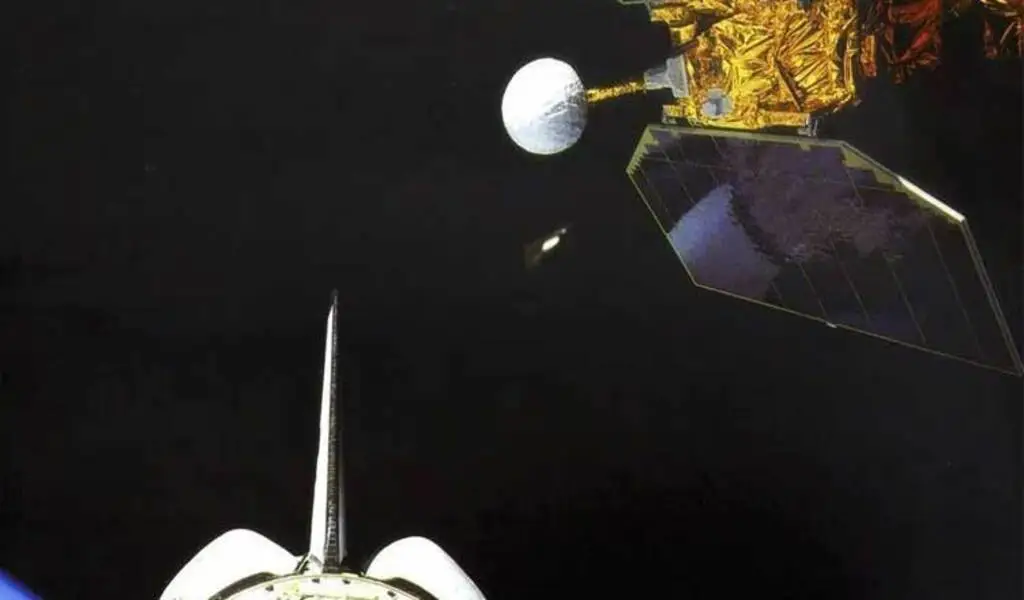(CTN NEWS) – On January 8, a 2.7-ton defunct satellite ‘ERBS’ crashed over the Bering Sea near the Aleutian Islands. While most of it burnt up in the atmosphere, NASA believes that some satellite components may have made it to the surface.
According to NASA, the Earth Radiation Budget Satellite (ERBS) reentered on January 8 at 11:04 p.m. ET, with Space Force’s Space Track confirming a reentry close to the Aleutian Islands.
The Space Shuttle Challenger had sent the 5,400-pound research satellite into orbit on October 5, 1984, where it had spent the previous 38 years.
Although the ERBS mission was only meant to continue for two years, it managed to work for 21 years before being deactivated in 2005.

The Earth’s energy budget, or the equilibrium between the solar energy that our planet receives and the energy it radiates back into space, was studied by ERBS when it was in operation.
Measurements of stratospheric concentrations of water vapor, ozone, nitrogen dioxide, and different aerosols were made using three instruments on board the spacecraft.
According to NASA, ERBS improved our knowledge of climate and ozone layer health and directly led to the 1987 Montreal Protocol Agreement, which restricted the use of harmful chlorofluorocarbons (CFS).
According to the space agency’s statement, NASA “anticipated most of the satellite to burn up as it went through the atmosphere, but for some components to survive the reentry.”
Update: @NASA’s retired Earth Radiation Budget Satellite reentered Earth’s atmosphere over the Bering Sea at 11:04 p.m. EST on Sunday, Jan. 8, the @DeptofDefense confirmed. https://t.co/j4MYQYwT7Z
— NASA Earth (@NASAEarth) January 9, 2023
The likelihood of possibly dangerous debris reaching the ground was estimated in an earlier draught of this piece to be 1 in 9,400. No injuries or property damage have been reported due to the falling debris.
In terms of how long it took the satellite to deorbit after it was retired and the risk it posed to people on the ground, this most recent satellite reentry is an example of how things used to be done.
To reduce space debris and the likelihood of in-space accidents, the U.S. Federal Communications Commission announced a new five-year rule for the deorbiting of retired satellites in September 2022.
The “risk of human mortality from surviving components” should be less than 1 in 10,000, according to a 2019 update to U.S. government orbital debris mitigation standard practices.

Both of these policies are broken by ERBS, but it’s clear that they weren’t in place when it was placed into orbit in 1984; these kinds of issues are still common among legacy spacecraft, but less frequently.
Or at least for domestic or foreign satellite and launch service providers who follow these rules.
Indeed, China intentionally made the Long March 5B rocket incapable of performing a controlled return, endangering property and human lives four times, the most recent of which occurred in November 2022.
RELATED CTN NEWS:






